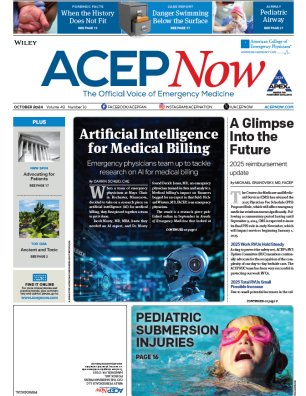A national program in U.S. hospitals has led to a decrease in catheter-associated urinary tract infections (UTIs), researchers say.
Dr. Sanjay Saint, of the University of Michigan, Ann Arbor, told Reuters Health by email, “We put in place a program to reduce catheter-associated urinary tract infection (CAUTI) in 926 intensive care units and non-ICU hospital units within 603 hospitals spread over 32 states, the District of Columbia, and Puerto Rico. Nearly all of the decrease in CAUTI rates was due to changes in infection rates in non-ICUs. ICUs didn’t see much change in either CAUTI or catheter use.”
Dr. Saint and colleagues reported on the first four of nine cohorts that began the Comprehensive Unit-based Safety Program (CUSP), funded by the Agency for Healthcare Research and Quality, in March 2011. The four cohorts completed the program by November 2013.
Key interventions of the program included daily assessment of the presence and necessity of urinary catheters, consideration of alternative urine-collection methods, and emphasis on the importance of aseptic technique during insertion and maintenance of catheters. Additional program recommendations called for providing feedback to nurses and physicians on catheter use and UTI rates and providing training regarding any identified gaps in knowledge.
Each unit was allowed to tailor interventions to local circumstances.
Of the 926 hospital units included in the analysis, 59.7% were non-ICUs and 40.3% were ICUs. Unadjusted rates of catheter-associated UTIs across all units decreased by 22.3%, from 2.82 to 2.19 infections per 1,000 catheter days.
Catheter-associated UTIs decreased by 32% in non-ICUs, from 2.28 to 1.54 infections per 1,000 catheter days (incidence rate ratio 0.68, p<0.001), while rates did not change significantly in ICUs.
Catheter use declined significantly in non-ICUs, from 20.1% to 18.8% (IRR 0.93, p<0.001), but not in ICUs. However, ICUs in rural areas and in critical-access hospitals showed significant declines in catheter use.
“Approximately one in five hospitalized patients has a catheter collecting their urine – and putting them at risk of a painful and potentially dangerous UTI,” Dr. Saint said. “Many patients may not need a catheter. This program shows we can make a difference in CAUTI rates and the use of catheters. The most important question hospitalized patients can ask their nurse or doctor related to this study: ‘Do I still need this catheter?'”
Dr. Susan S. Huang, of the University of California, Irvine, School of Medicine, wrote in an accompanying editorial, “The critical condition of patients in the ICU may make a nurse-driven program for placement and removal of urinary catheters less acceptable to physicians in the ICU. Catheters are also likely to be required for longer durations in ICU patients, and day-to-day ease of care with a catheter may outweigh concern about catheter-associated UTI prevention unless awareness is maintained.”
Pages: 1 2 | Single Page



No Responses to “U.S. Hospital Program Reduces Catheter-Associated Urinary Infections”